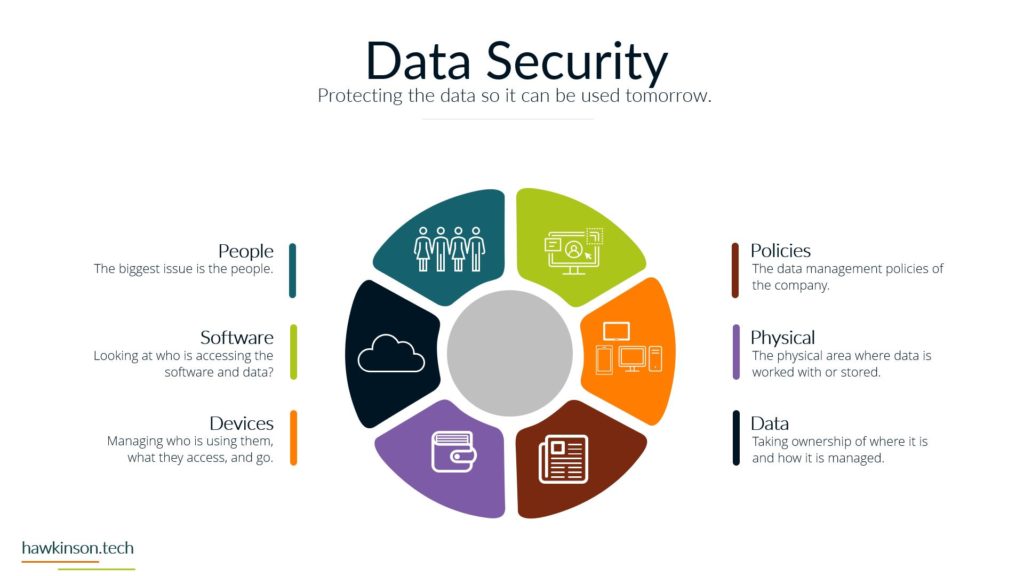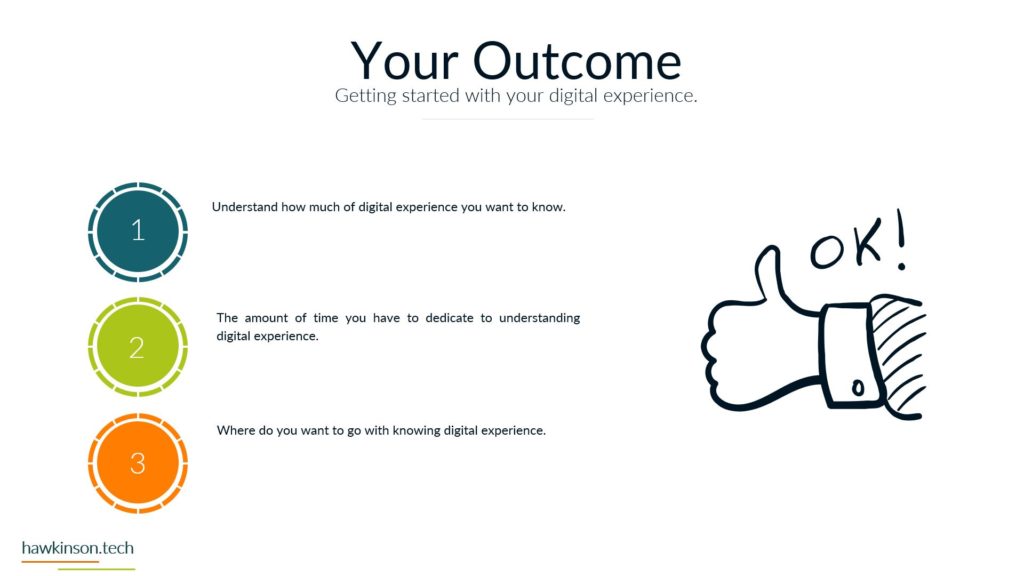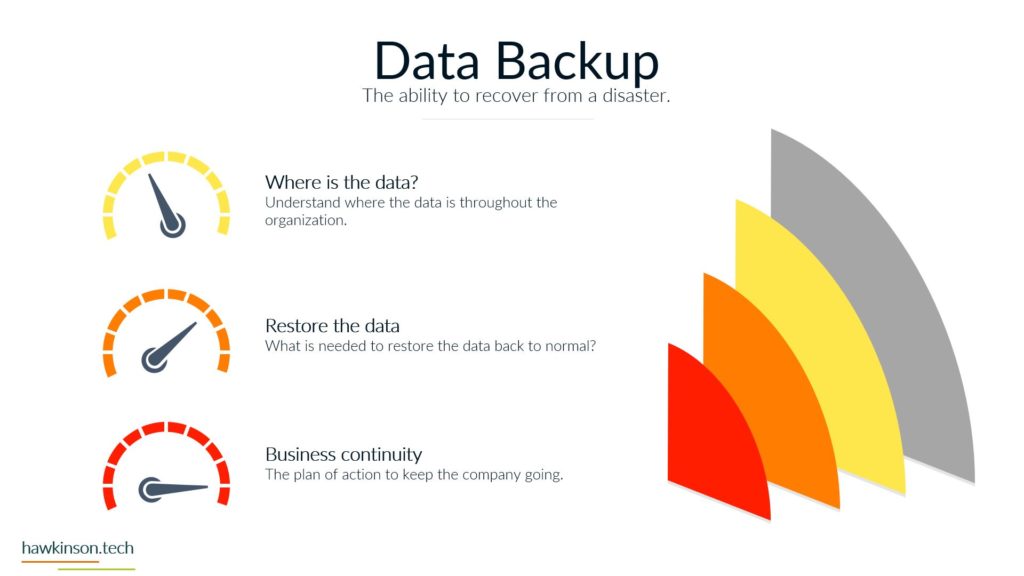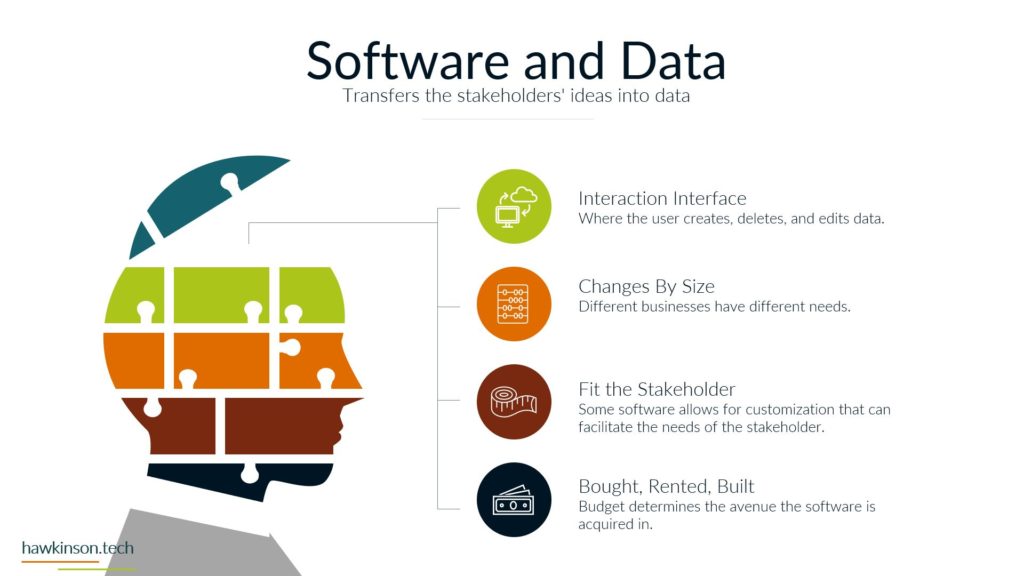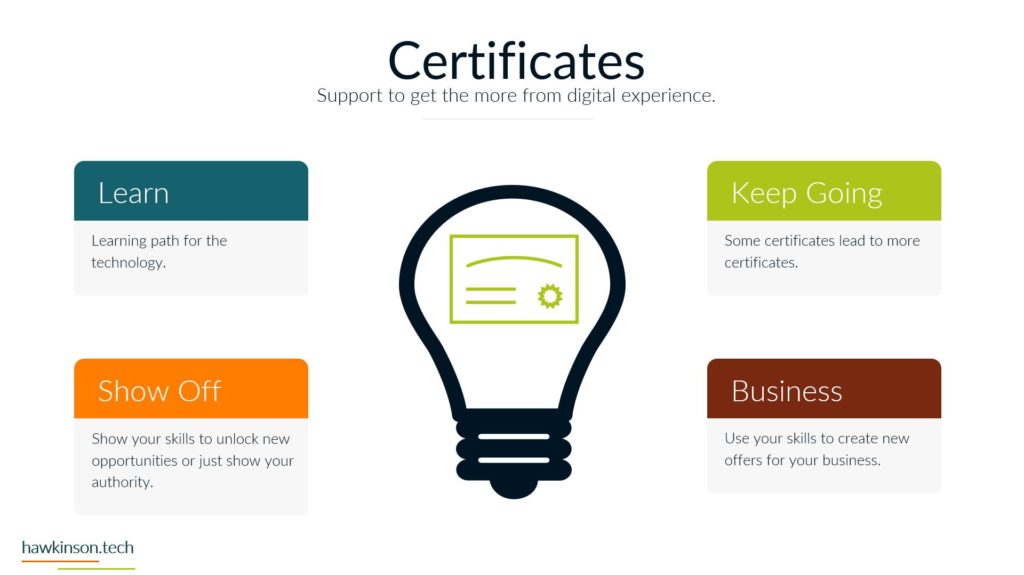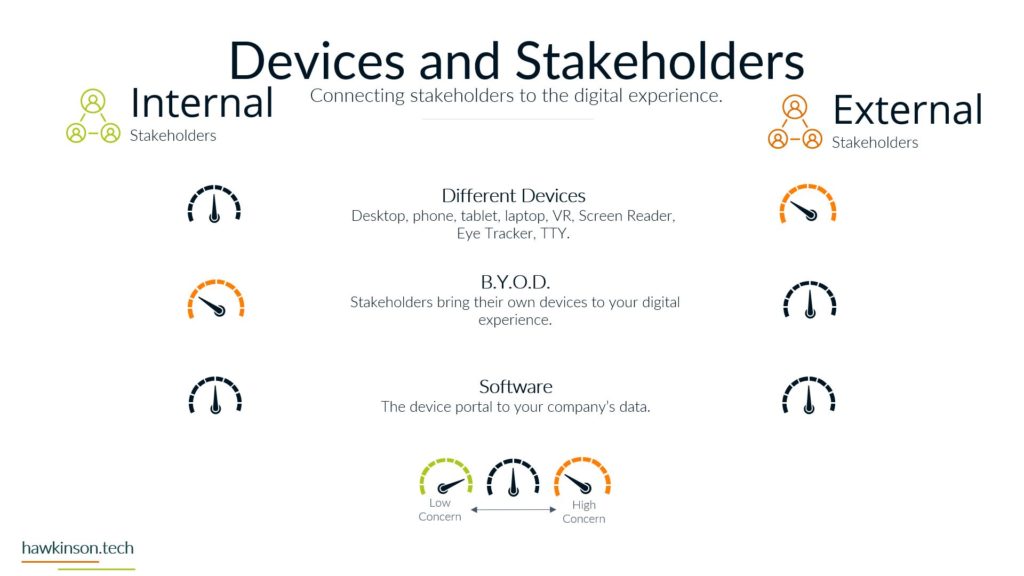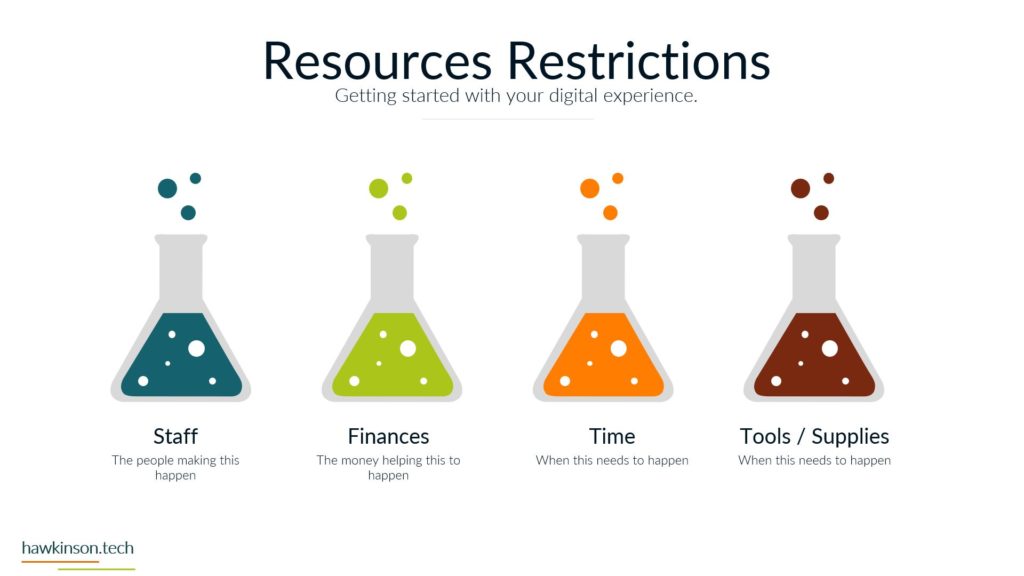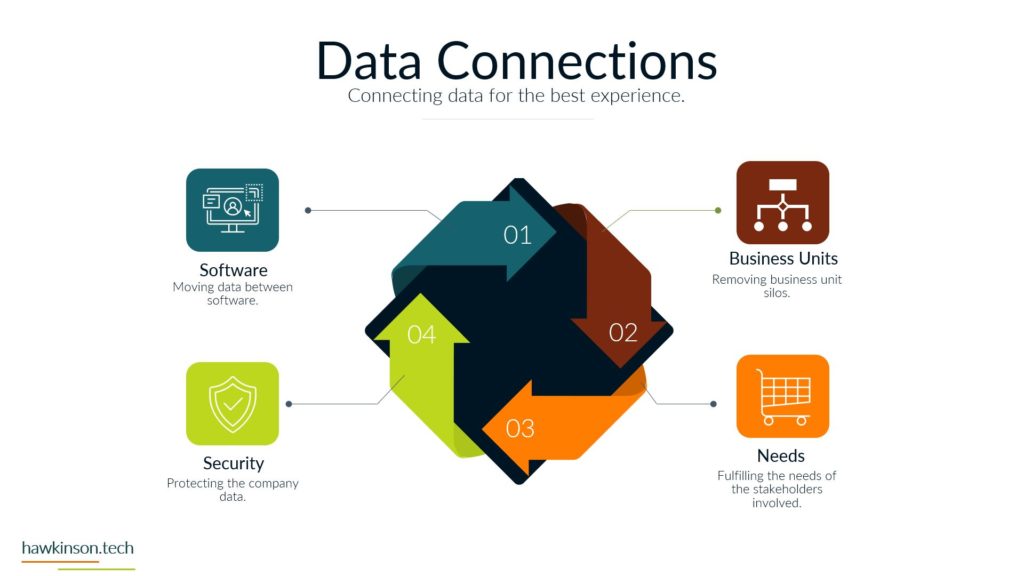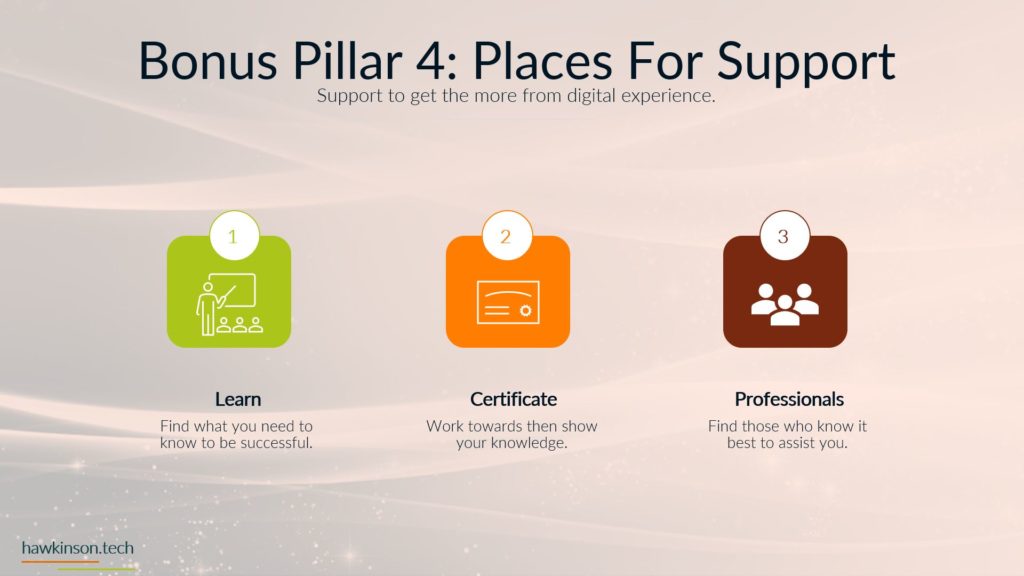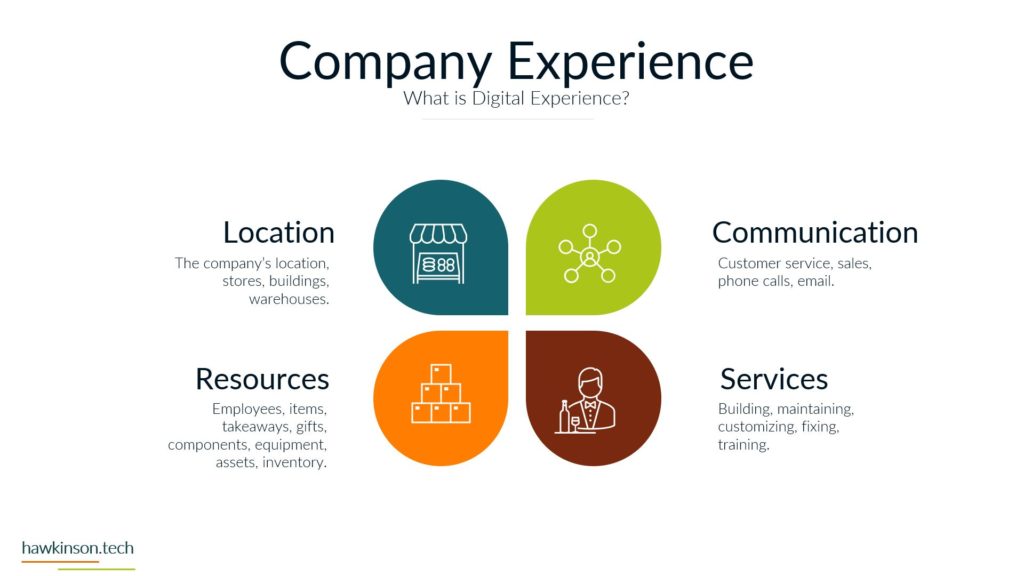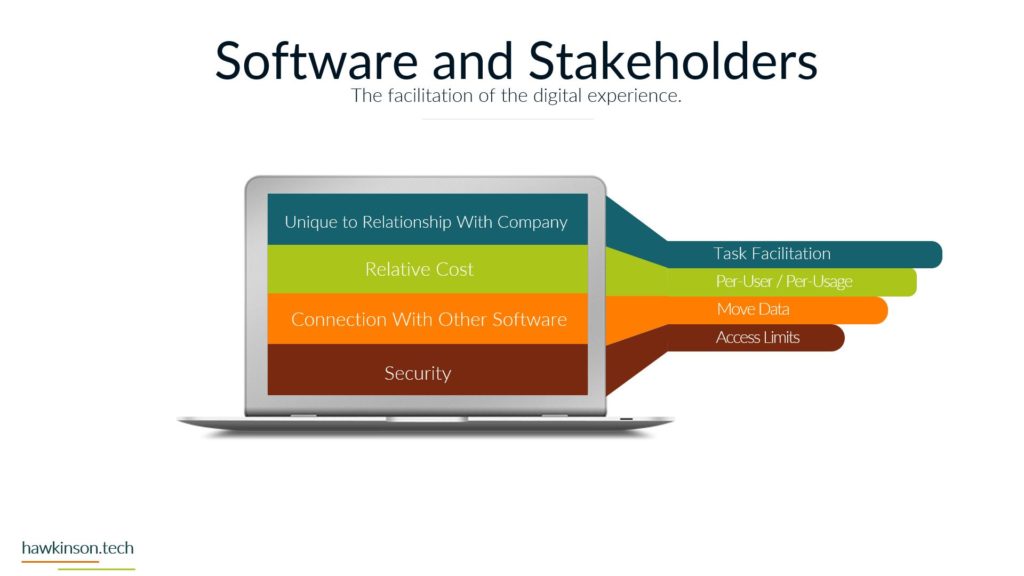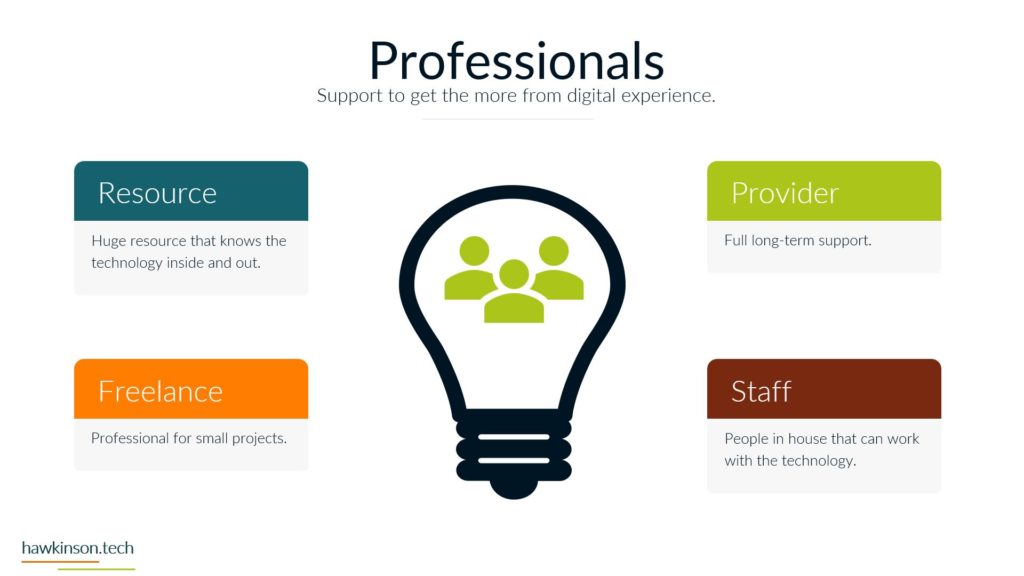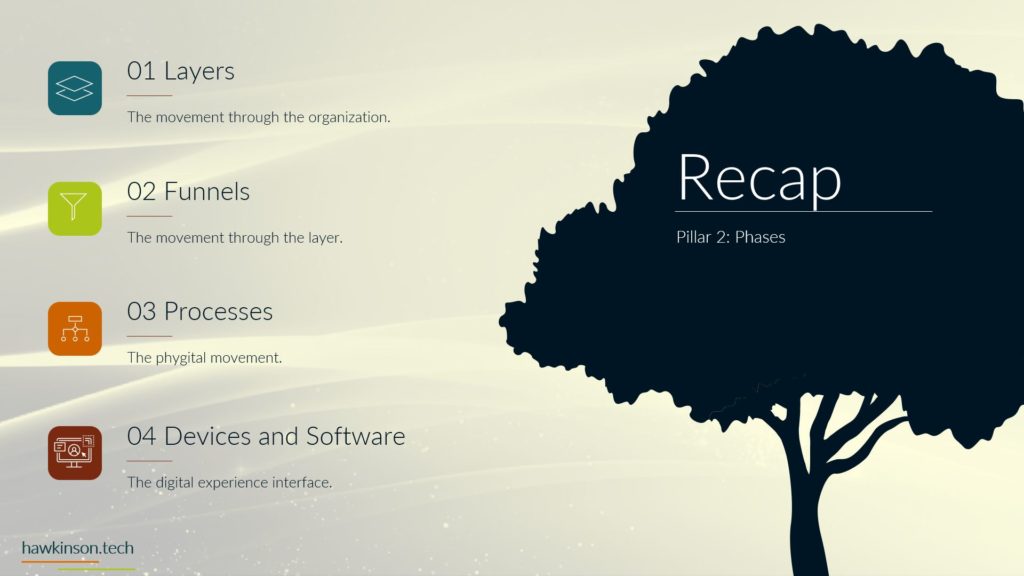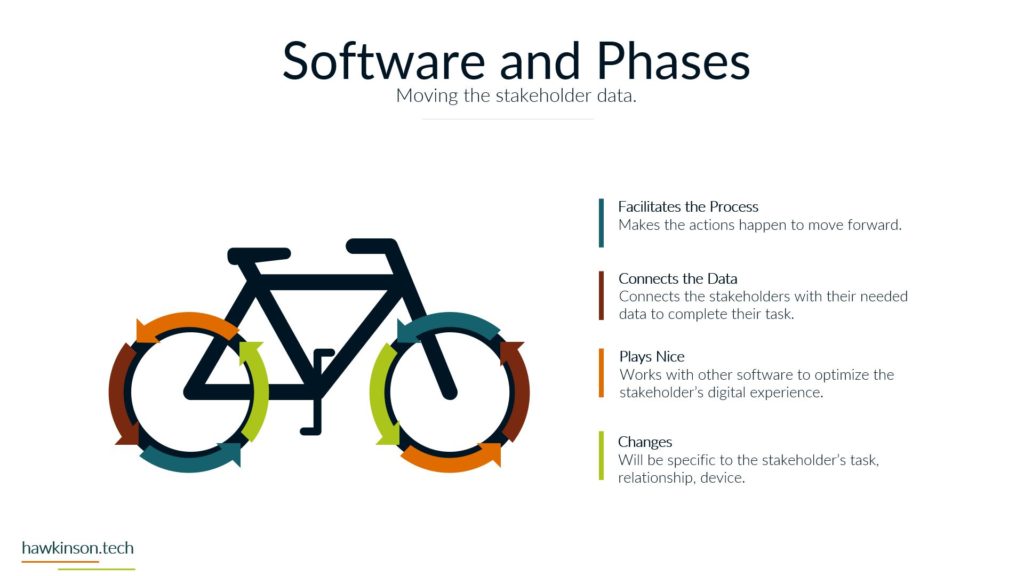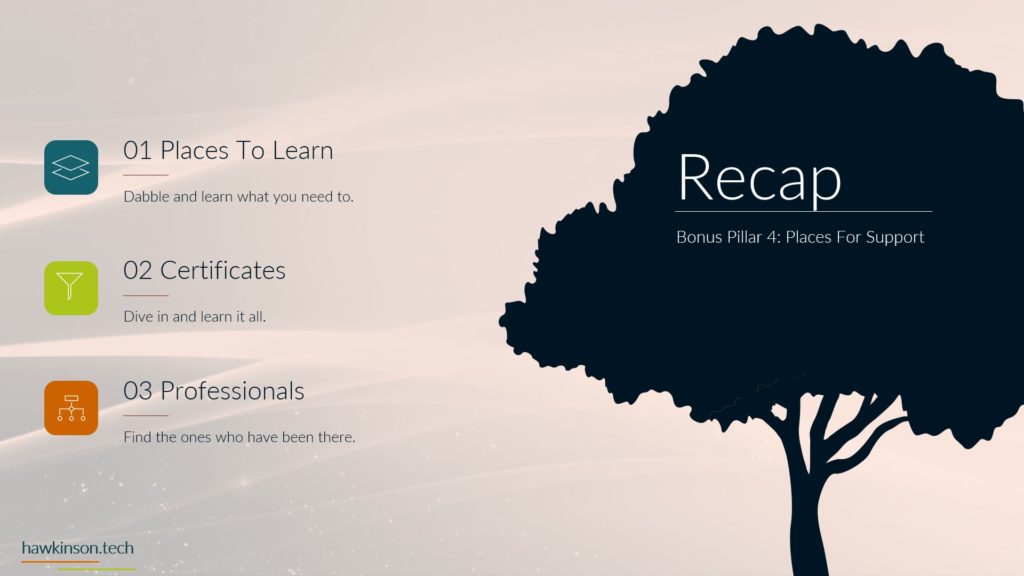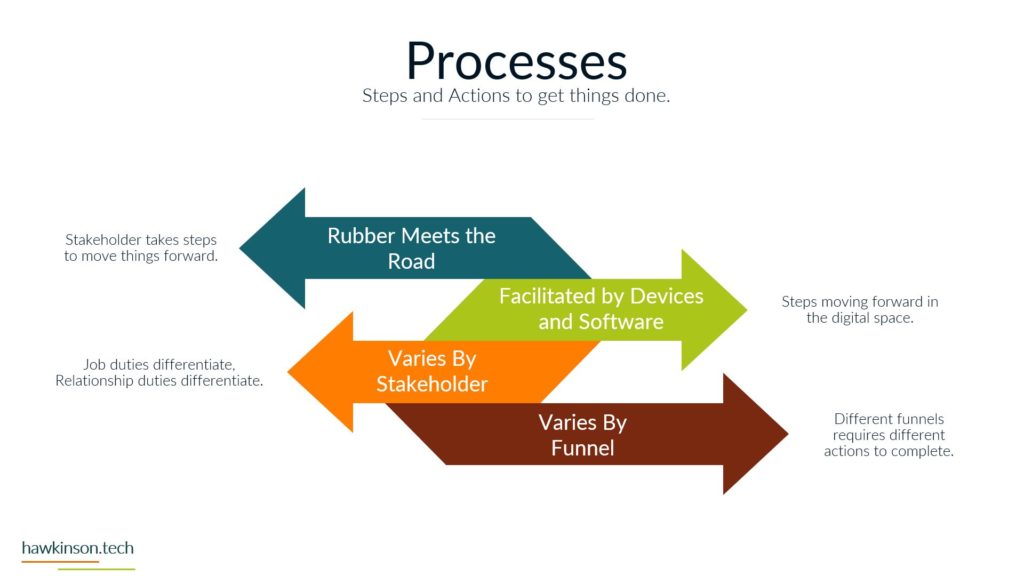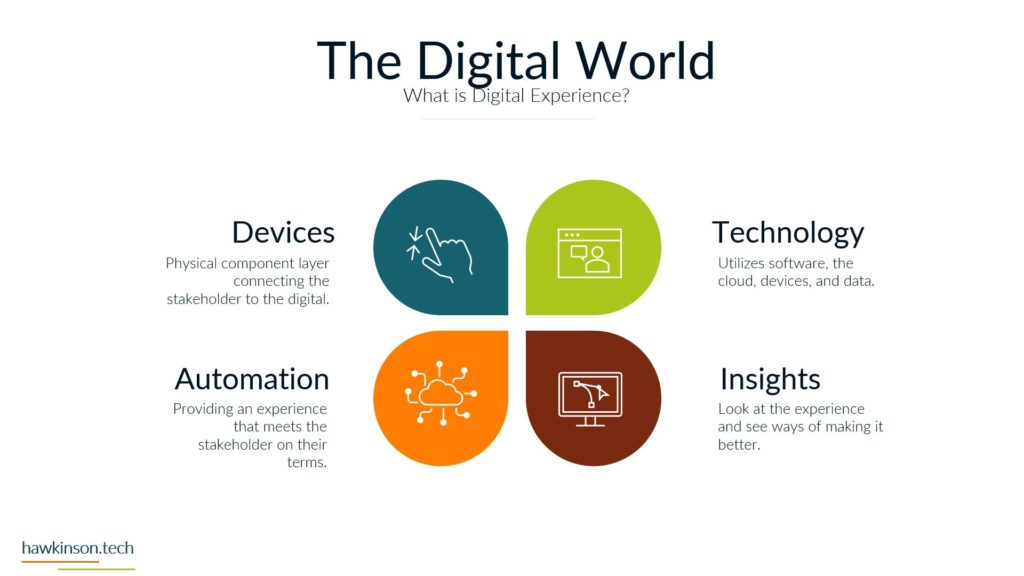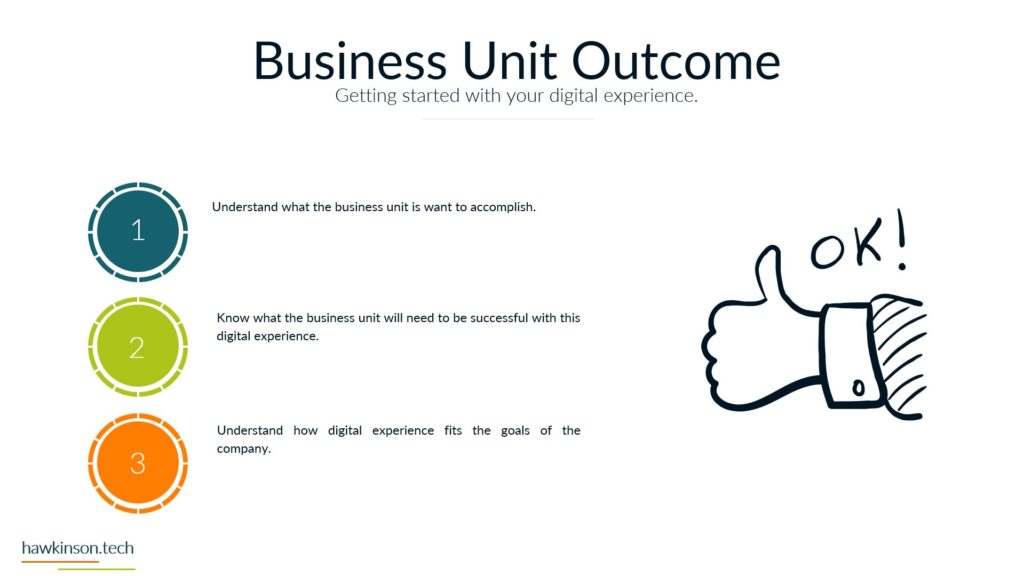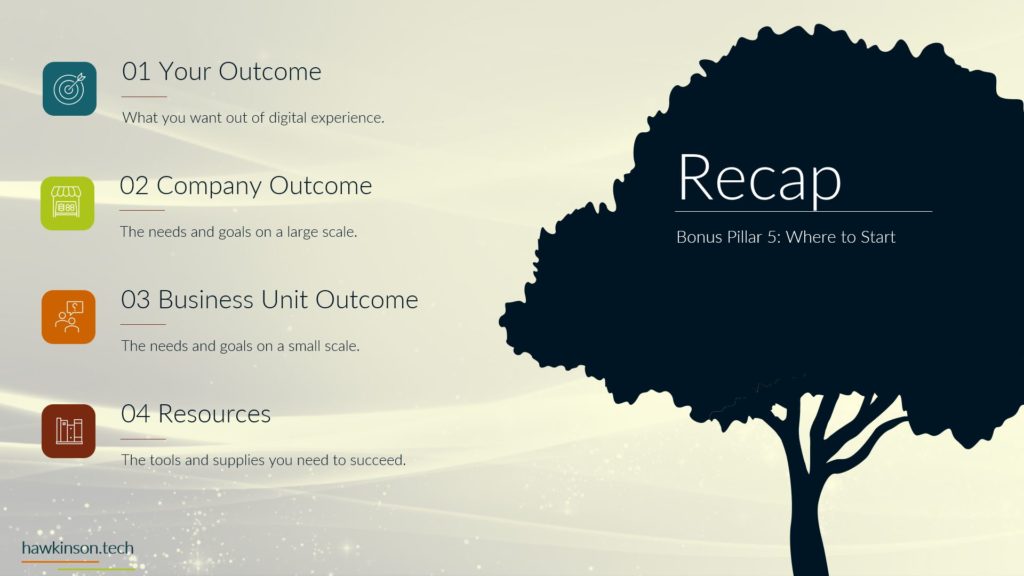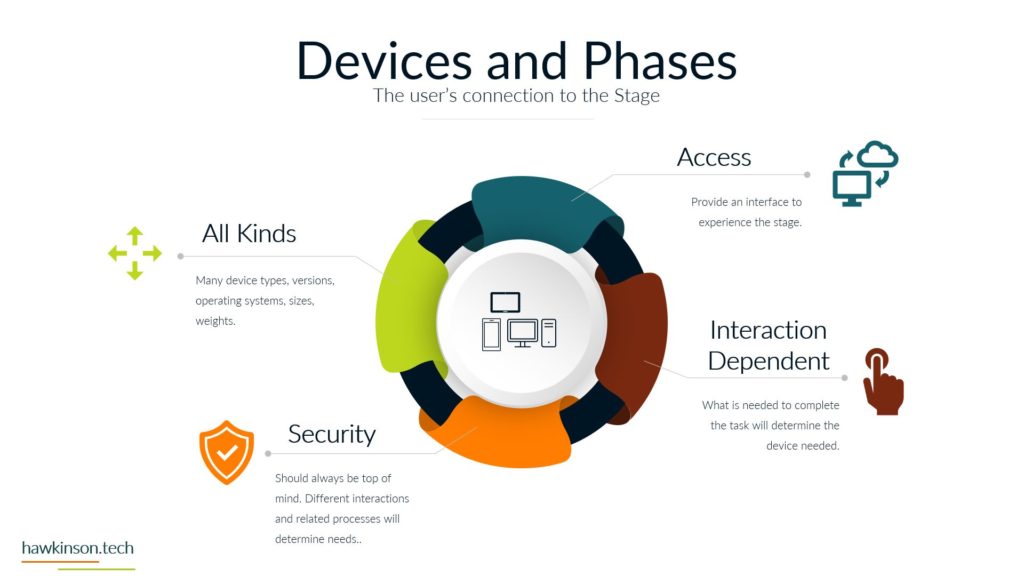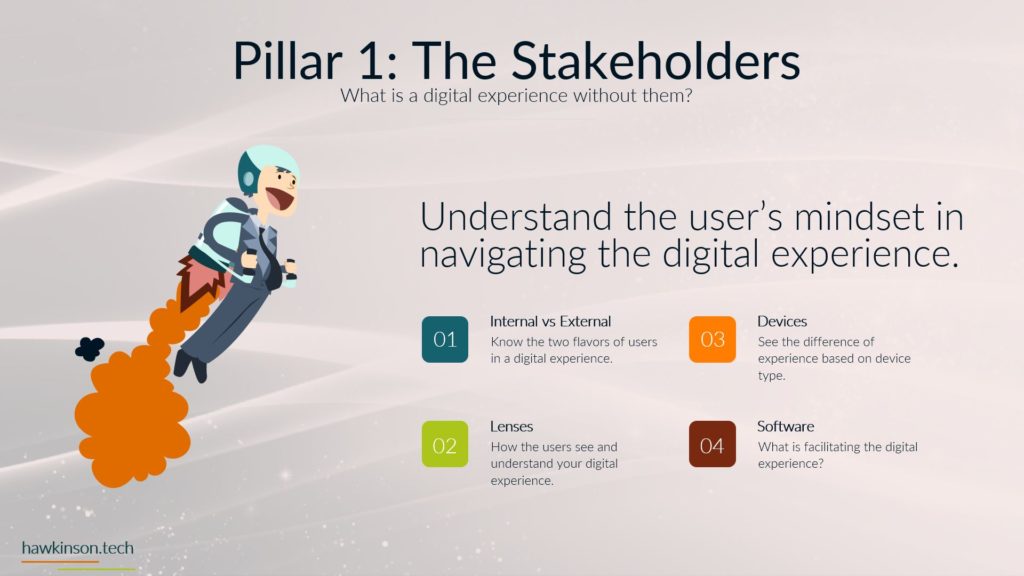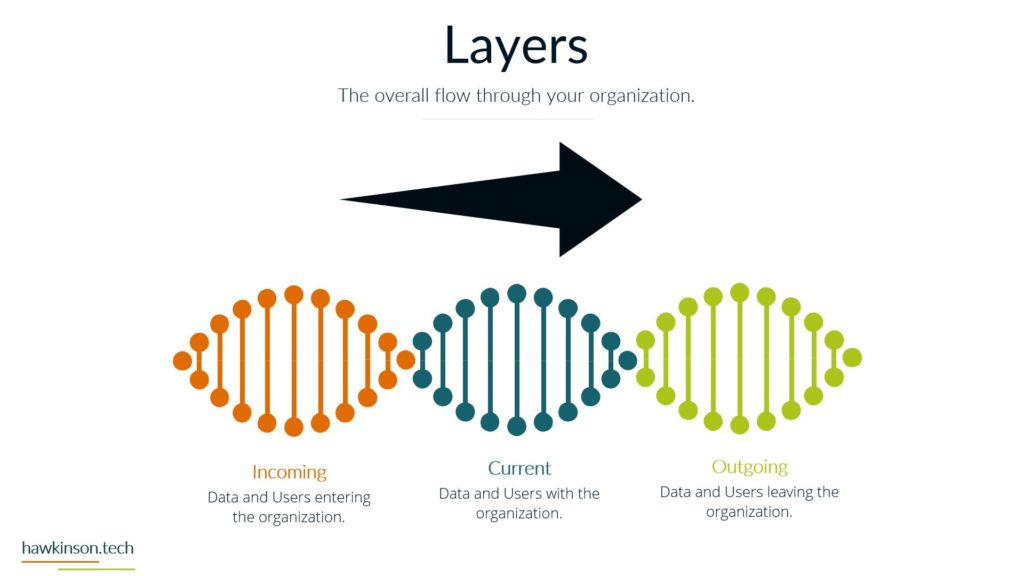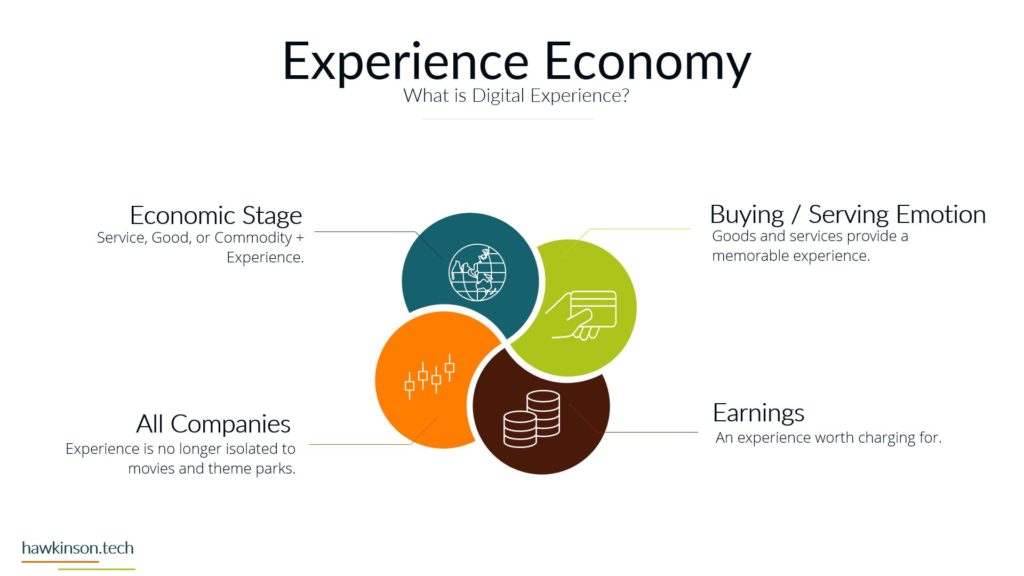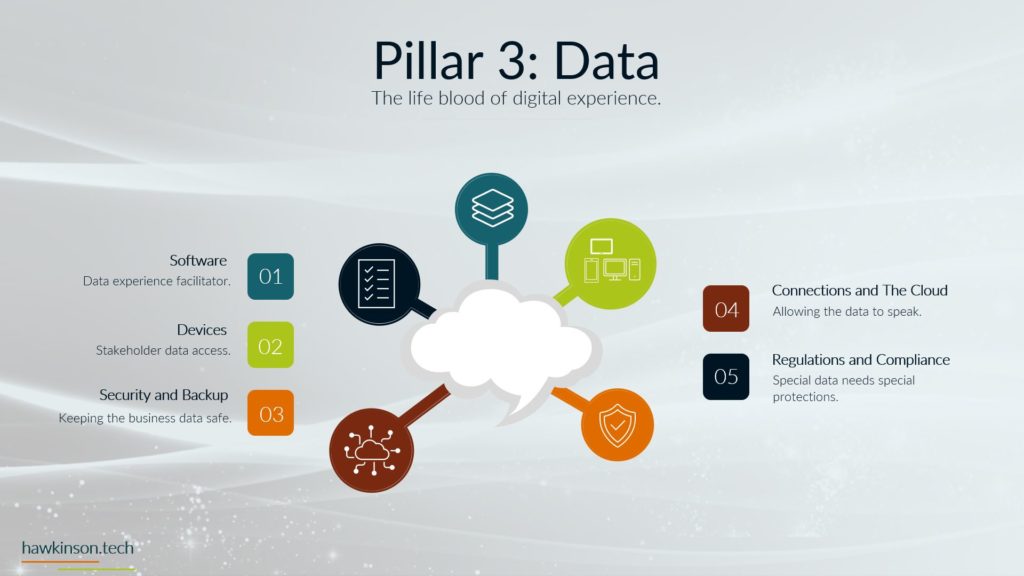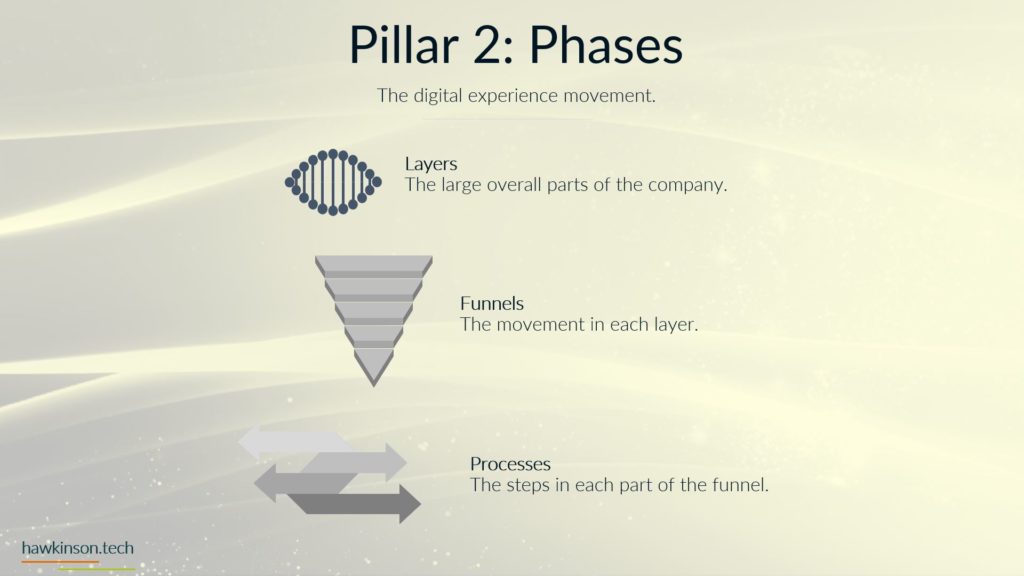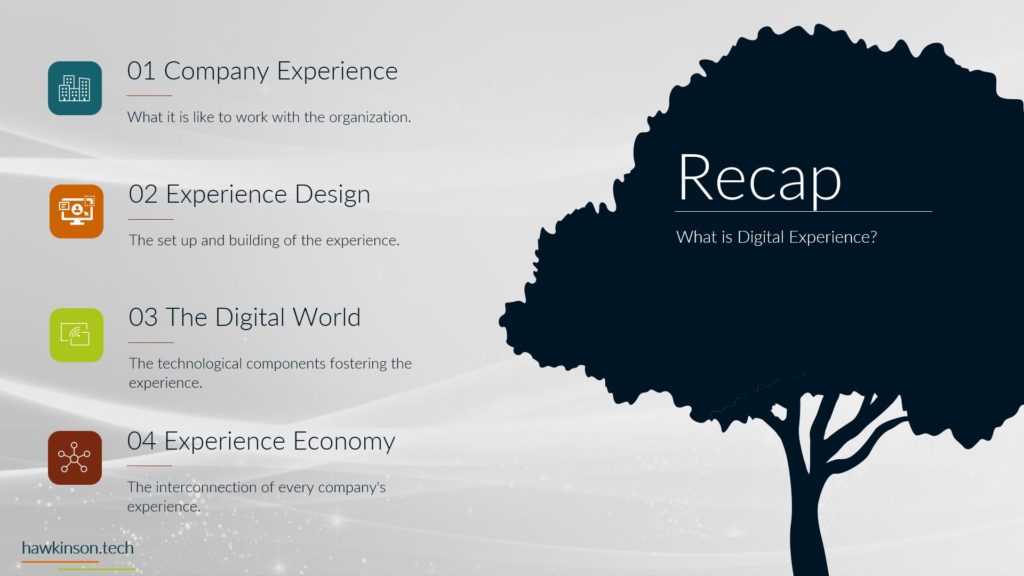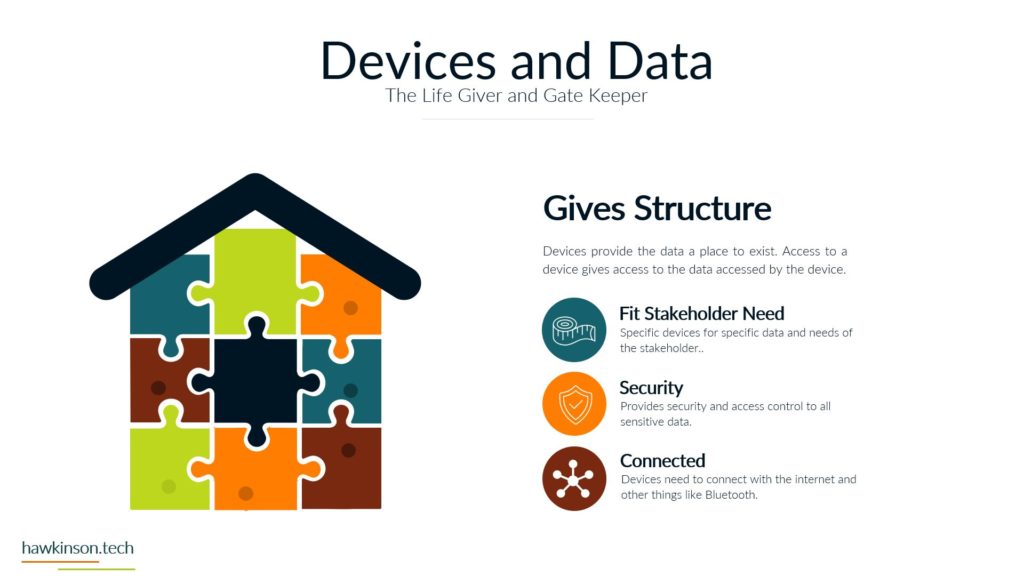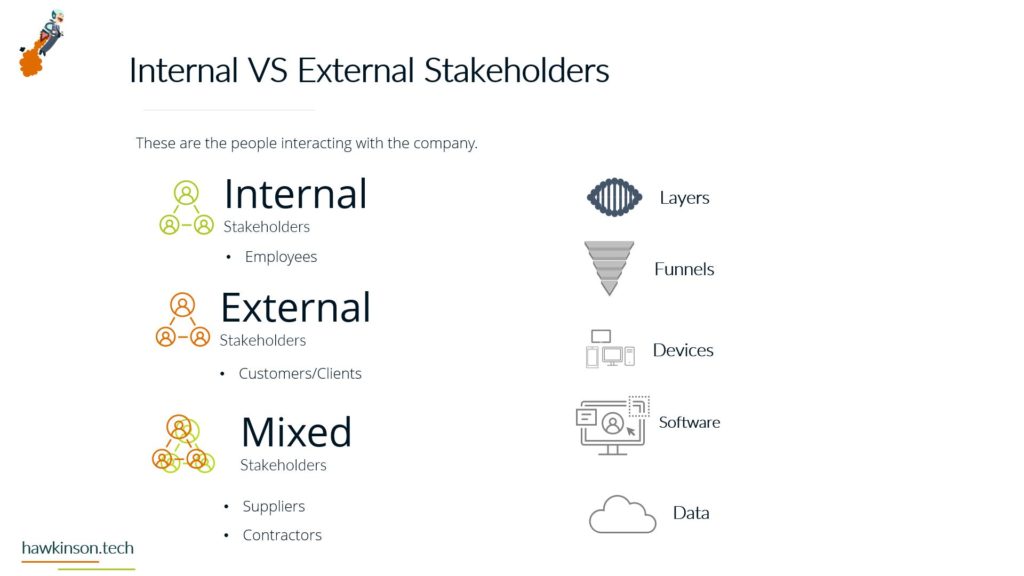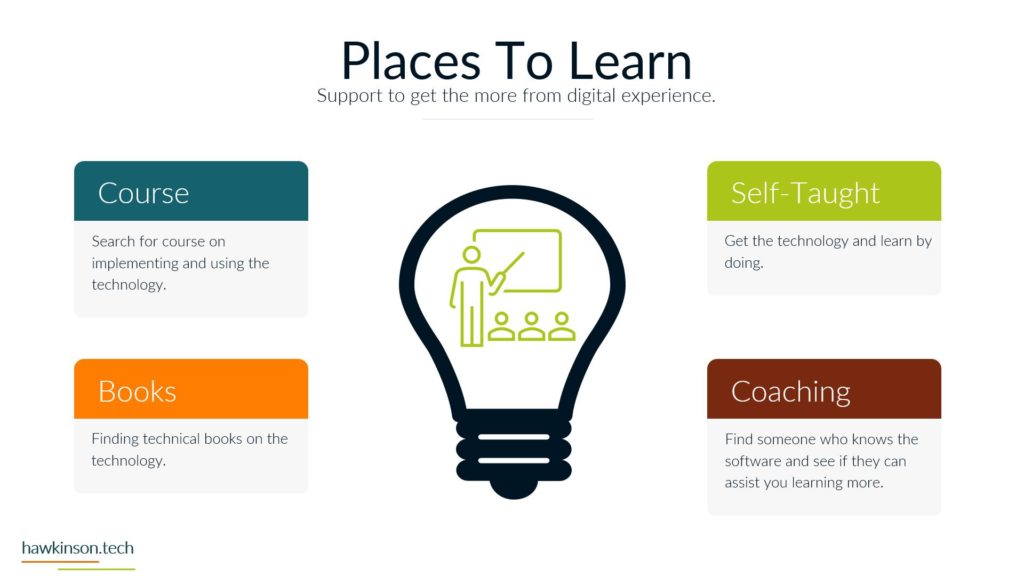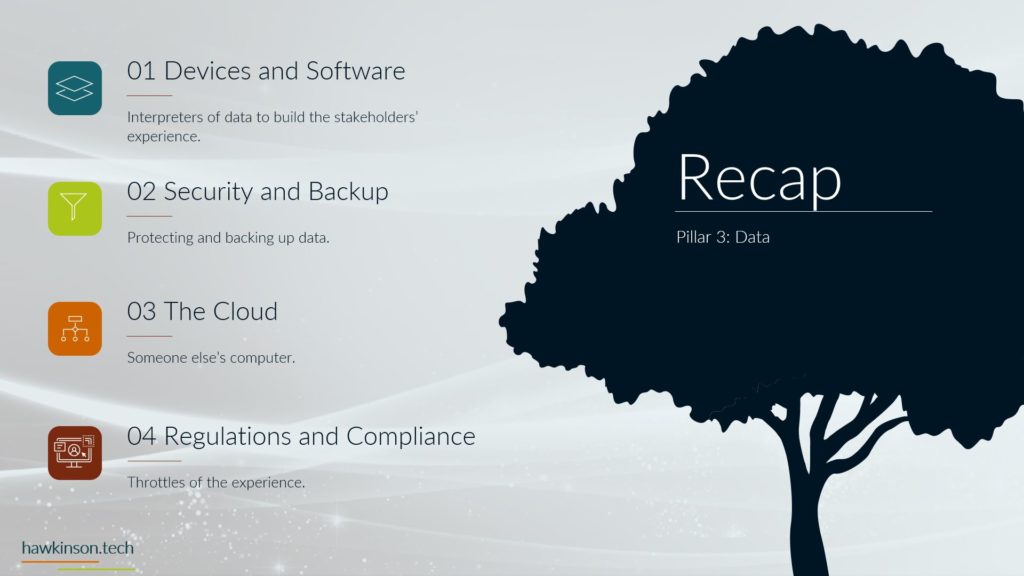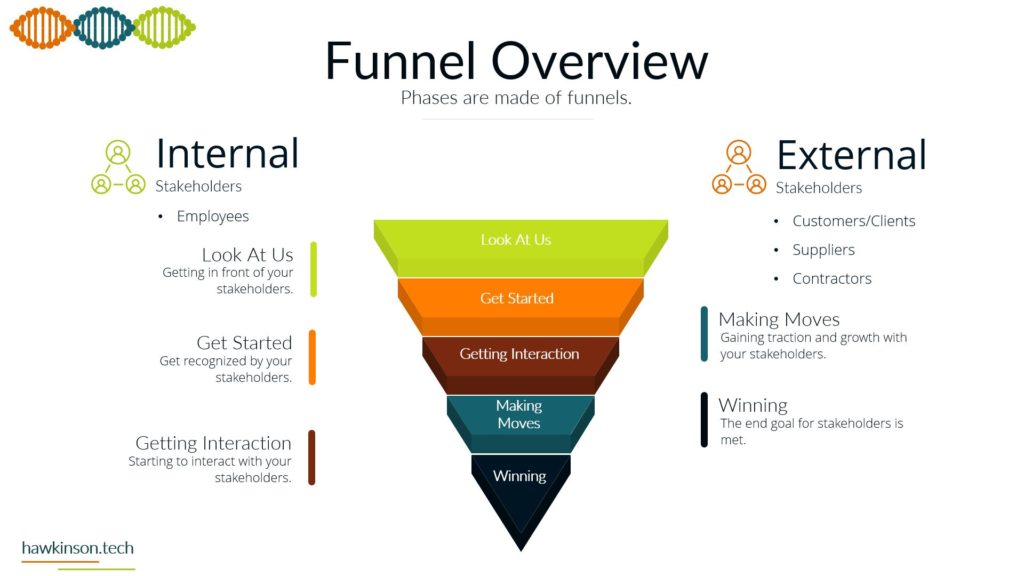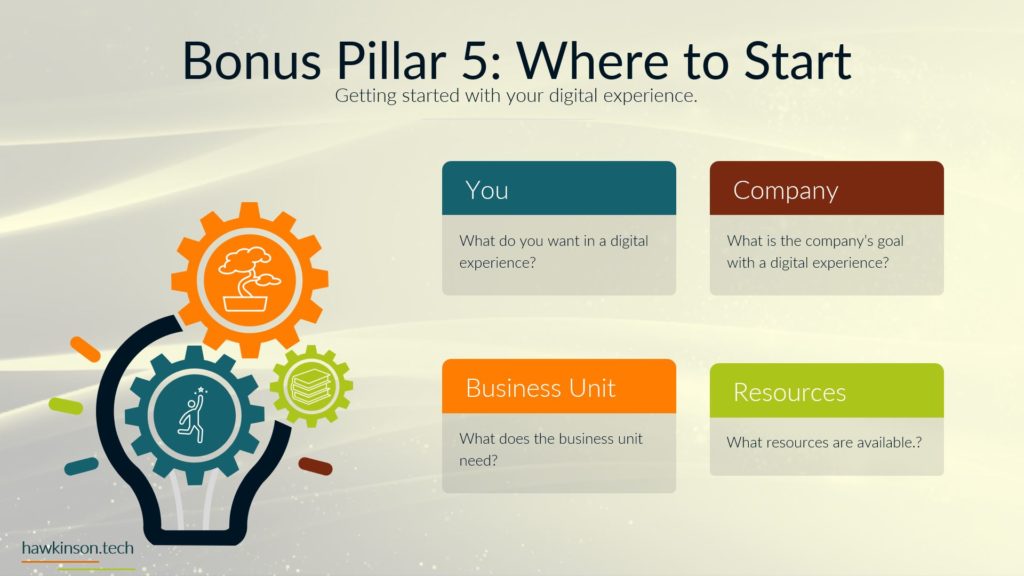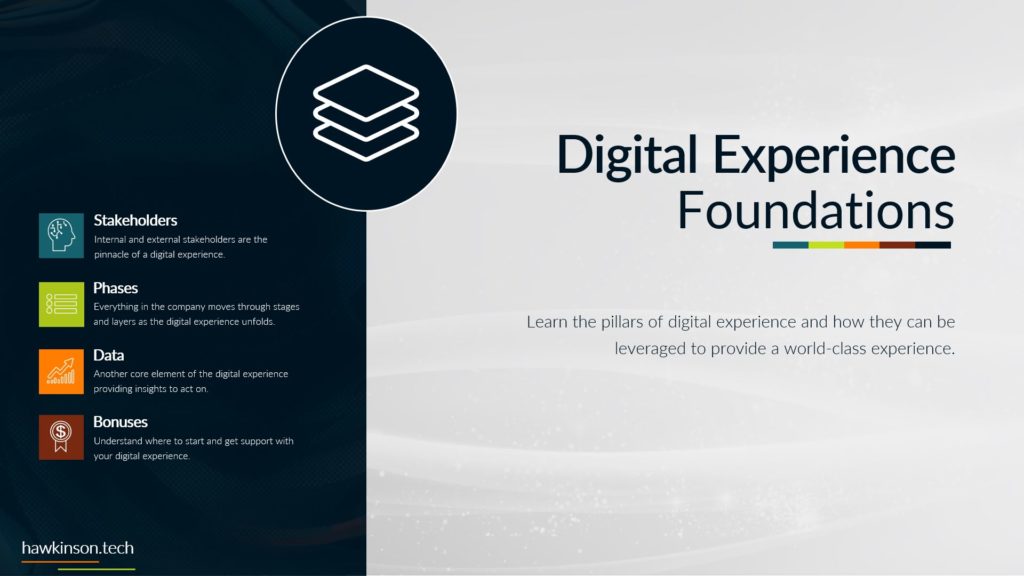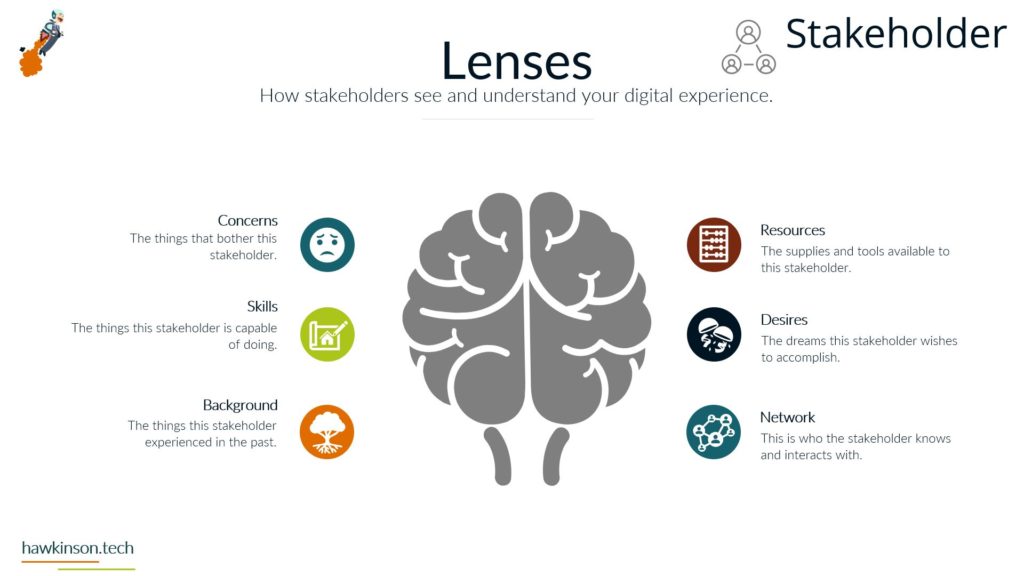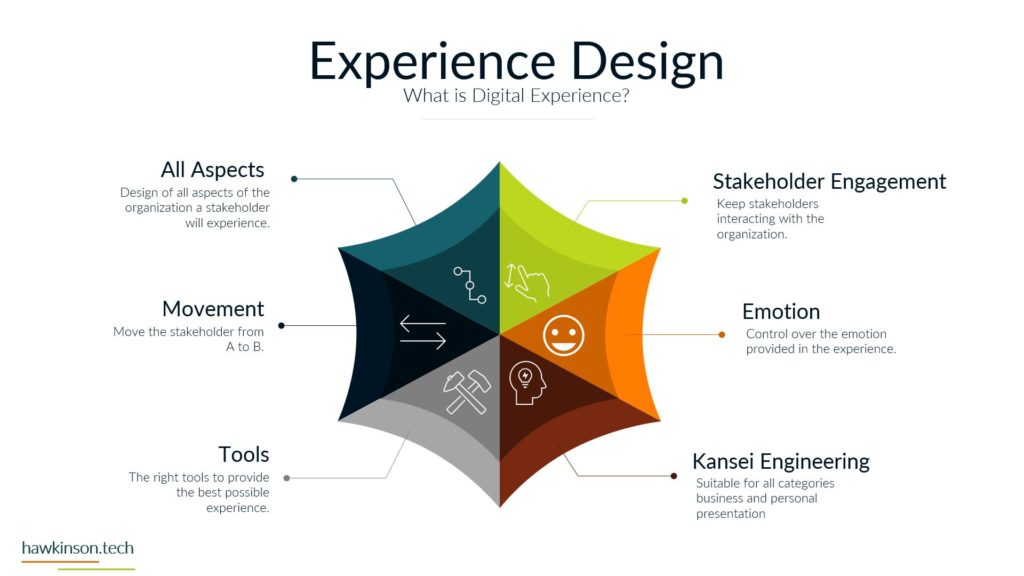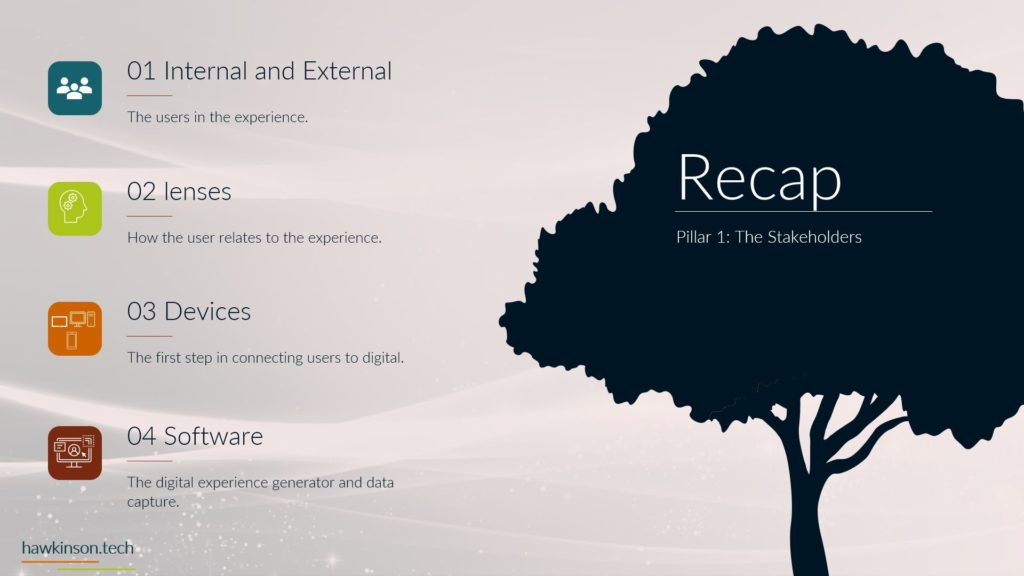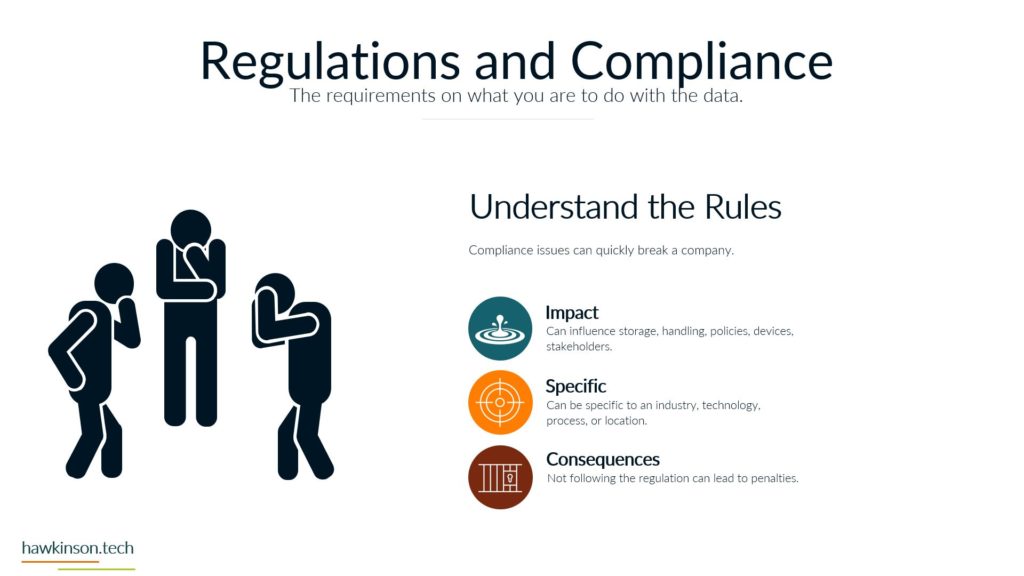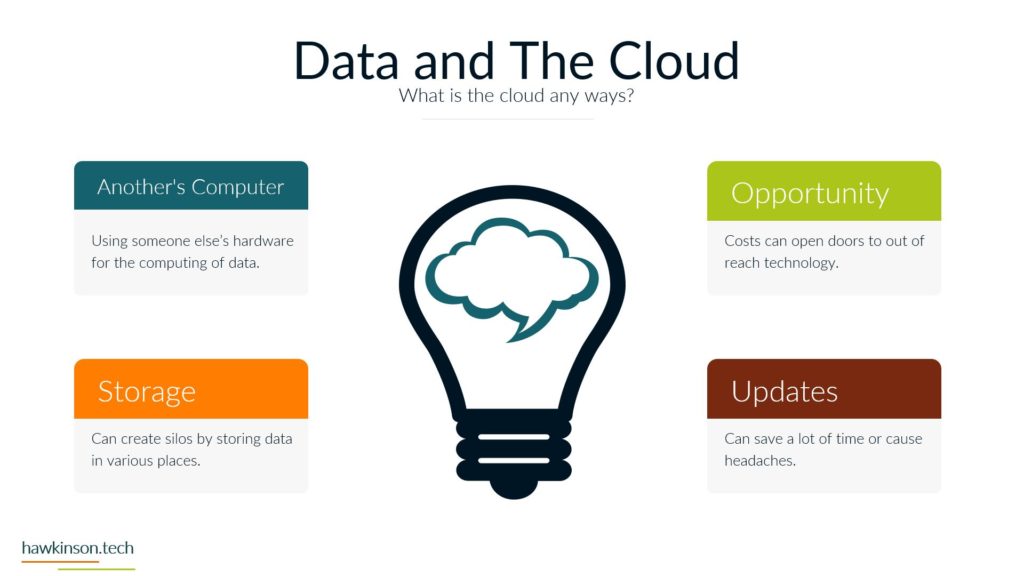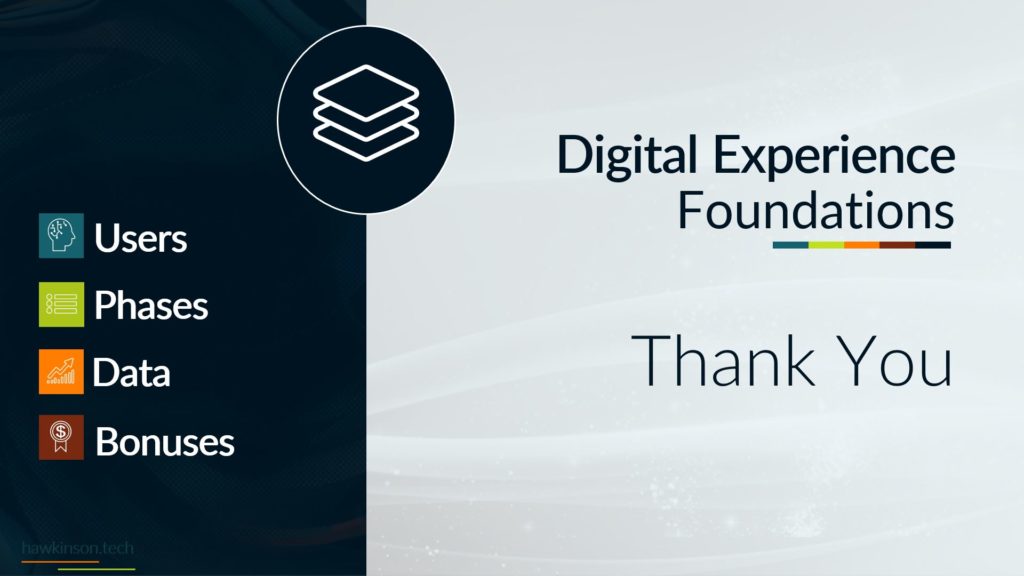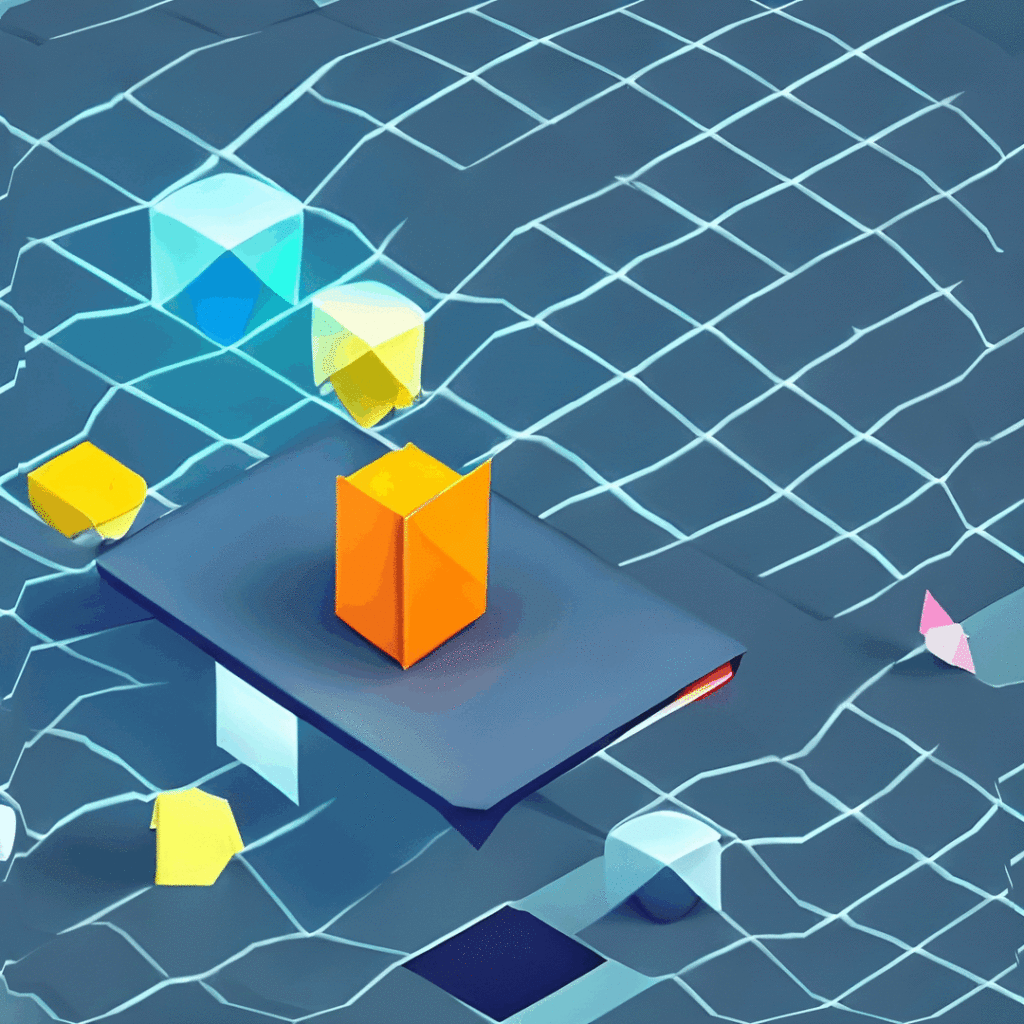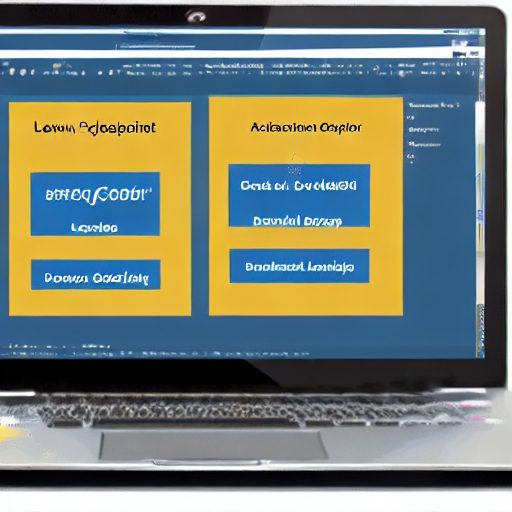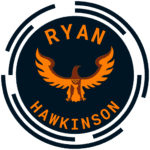In this part, we look at the various layers that move users and data through the company.
Digital Experience | Pillar 2 Phases | Lesson 1 Layers
Follow Me Elsewhere:
Play Video
Play Video
Alright, so let’s talk about the three different layers that we have with the organization. So when we’re talking about layers, what we’re talking about is essentially a movement from one part of the organization to the other, essentially kind of like a customer lifecycle or a stakeholder life cycle, if you will. So the first layer that. We have is going to be our incoming layer and this stage of the organization. We have individuals, stakeholders, data and devices, software, all of that coming into the company and we’ll see here in a SEC how that layer can then get broken down into funnels and order to actually make the movement at that layer. So at this part we’re just bringing everything in. This can be sales and getting in new leads, qualifying those leads we can sell to them. Other items in later, later layers, this is also looking at, you know, internal stakeholders coming into the organization that we’re going to work with as employees and so testing their fit and making sure that they’re going to work well with the organization. The next layer we have is our current layer. This is where we have users and stakeholders, devices and software that are currently being utilized by the organization. So we’re going through and we’re maintaining those. We’re making those better. We’re trying to do upsells and cross sells and get all of that depends on the stakeholder or the item that we’re actually targeting. So in a sales situation, looking at external stakeholders, this can be doing cross sales and upsells to make sure that we’re maximizing the money that we can make out of that particular stakeholder. For internal stakeholders, this can be upskilling them, making sure that we’re continually training them and that they’re able to do just about. You need to ask them to give them or that they can, you know have the most success in working with the organization. This can also mean making sure that our data devices are well maintained and that we’re doing what we can to get insights in those and making sure that they’re still fitting the needs of the organization. And then the last layer we have is our outgoing layer and this is where we are going through and moving things away from the organization and. Sales or with external stakeholders, this can be an interesting ground just because we might have sick people that have purchased from us that might have been dissatisfied, so they’re leaving the organization. But we can’t do some things like retention to make sure that that doesn’t happen. For internal stakeholders, this can be users that are resigning or retiring from the organization. For devices, it can be things that no longer meet the needs of the organization. So we have to go through and. Hired those items in order to bring on new items and then each of those will have different funnels that they go for. So looking at that, then this is how we would break those layers down into funnels. So we just moved from the kind of left to the right in order to establish each of these layers and then we break each of those layers down into a particular funnel. So these funnels are the ways that we’re actually moving. Things through and then in each of these parts of the funnels, would that be business processes that are actually making the steps. So looking at incoming, for example, the incoming funnel might be, if it’s a sales funnel, maybe it’s setting up content to where we’re getting users to recognize the brand. Then the next stage of the funnel is I’m filling out a form, a sales Rep reaching out to them and at the end of the funnel is the sales Rep making that sale for internal stakeholders, this could be similar. More with like a job offer and then discovering the job and then subsequently going through the processes to get the job. Then we have our next layer which is current. And in the current, this can be having funnels where we’re upskilling people, where we’re taking somebody looking at their current job and seeing where they want to go with the organization and then setting up the processes in order to help make that happen. And then just as we see them before, we have a funnel for outgoing as well. So this is what things we need to do in order to retire that device or if somebody is resigning from the organization what that looks like. So in the next section we’re going to go and deep dive into these different funnels and break them down for internal and external stakeholders in a particular layer.
Related Content
More Content
Discover five free tools that will take your email marketing campaigns to the next level. From AI-powered personalization to deliverability tools, these platforms offer features to optimize your email content, improve deliverability, and increase engagement. Whether
Gain insights into the pivotal role of stakeholder perspectives in shaping digital experiences. Understand the significance of stakeholders’ concerns, skills, backgrounds, resources, desires, and networks in designing effective digital interactions. Tailoring digital experiences to align with
Embark on a journey through the transformative power of data in the digital era. In this comprehensive article, explore how software empowers data facilitation, devices act as gatekeepers of data access, and security safeguards the digital
A low-code development platform allows developers to create applications with minimal coding. Read here to learn what to look for in a development platform.
Email marketing is one of the most effective digital tools. Here are a few essential features to look for when choosing email marketing software.
Organizations can create impactful digital journeys by enhancing user interaction, building a robust digital infrastructure, streamlining processes through automation, and leveraging data-driven insights. Tailoring experiences to device types ensures seamless interactions, while a strong technology foundation
Messaging applications are becoming increasingly popular for personal as well as business use. These apps have various features that allow messages to be sent quickly and securely, making them perfect for collaboration. Features like group messaging,
Explore the profound impact of software on digital experiences in this comprehensive article. From data access to process facilitation and user interfaces, software plays a pivotal role in shaping transformative experiences for businesses and stakeholders. Discover
Discover the critical role of stakeholders in shaping a company’s digital experience. Gain insights into internal and external stakeholders, understand their diverse lenses and perceptions, optimize devices for seamless interactions, and leverage software to elevate digital
Explore the pivotal role of devices in shaping digital experience excellence in this comprehensive article. Uncover how devices act as gateways, enabling seamless interactions and fostering strong relationships with stakeholders. Understand the interdependence of devices and
